
You’ve probably heard about content marketing. But, most people don’t really get what it is or how to use content marketing for small businesses. It is such a powerful tool and it is so accessible, even for businesses that are just starting out or that have small budgets.
Content marketing is one of the foundations of inbound marketing – which is basically a marketing strategy where the goal is to get in front of people without paying for ads or commercials on TV or radio stations, for instance. Inbound marketing is a way to grow your business organically, which is perfect for small businesses.
People are often skeptical; how is it possible to get all this attention without advertising, without paying for it? How do you even go about getting your brand in front of more people organically? The answer is content marketing.
PS: Another great way to be found organically is by setting up your Google My Business account and creating Google My Business posts. If you want to learn more about how to do this, check out these posts.
Keep reading to find out:
What is Content Marketing?
Content marketing is really just creating content that is relevant to your audience. That content might feature educational, inspirational, or valuable information that is meant to attract more customers. The idea behind it is that when you create content that is valuable to your audience, they will start to see you as an expert whose products and services they will want to invest in because they know, like, and trust you.
Content marketing can be seen as an indirect way to promote your business. It’s not the kind of marketing that says “buy my product” all the time; it’s the kind of marketing that says, “look how much I know about this topic, look how much value I provide! Clearly, I can solve whatever problem you might be having.”
By helping your followers and by serving them with great content, you’re making them feel closer to you, they start to see you as an authority, and they will be much more likely to invest in your offering.
What Is the Role of Content Marketing for Small Businesses?
Content marketing is a great way to prospect leads. In other words, it can bring in more people to your business – whether it’s online or offline. You can also use content marketing to increase conversions. Creating useful content and sharing it strategically will help you guide your audience through the customer’s journey, which is just a fancy way of saying that you’re turning followers into customers.
Aside from that, content marketing can also be used to help people who are already your customers. For example, you could share a step-by-step tutorial to get the most out of one of your popular products. This will serve people who already own your products and entice those who do not.
Is There a Formula to Creating Good Content Marketing?
The so-called marketing gurus say there’s a formula for basically everything. However, there is no formula for content marketing… but there are some guidelines.
Basically, what makes good content marketing good is ensuring that it’s actually helpful and valuable to your target audience. Additionally, you need to make sure people see it, which means sharing it on the platforms that are best for reaching your target audience.
After you share awesome content, encourage your audience to save and share it with people. Encourage them to take action so you can spread your message even further. This is a great way to build a strong following on social media!
Where Can Content Marketing Be Shared?
Content marketing can be used and shared basically anywhere. You can share it on social media, for sure, but you can also share it in your blog posts, in your email newsletters, and even local publications. Typically, we think of content marketing as an organic (free) marketing strategy, but you can always boost your posts or run ads if your goal is to capture more leads and reach more people.
Some Examples of Content Marketing for Small Businesses
Now, I know talking about a theory like this might be a little confusing and abstract, which is why we wanted to share some scenarios with you. This will help you visualize how you can benefit from incorporating content marketing into your small business’ marketing strategy.
Scenario #1 – Using Content Marketing to Increase Your Audience
Let’s say you own a DIY store. You sell all the tools and materials people need to create projects at home but people still don’t know you. They don’t know about all the amazing items you carry. They’re still going to the big box stores for the things they need and you need to reach them and let them know about the items you sell.
So, you start posting short tutorial videos that show the exact materials people need to create something, and then you share the final product with them so they feel motivated to try it out for themselves. Then, you create some Q&A sessions on social media to answer people’s questions about DIY projects and materials. You give people ideas of some simple DIY projects they can do over the weekend.
Soon, people are sharing your content with their friends and coming in to buy supplies from you and ask you questions about their project ideas. Success!
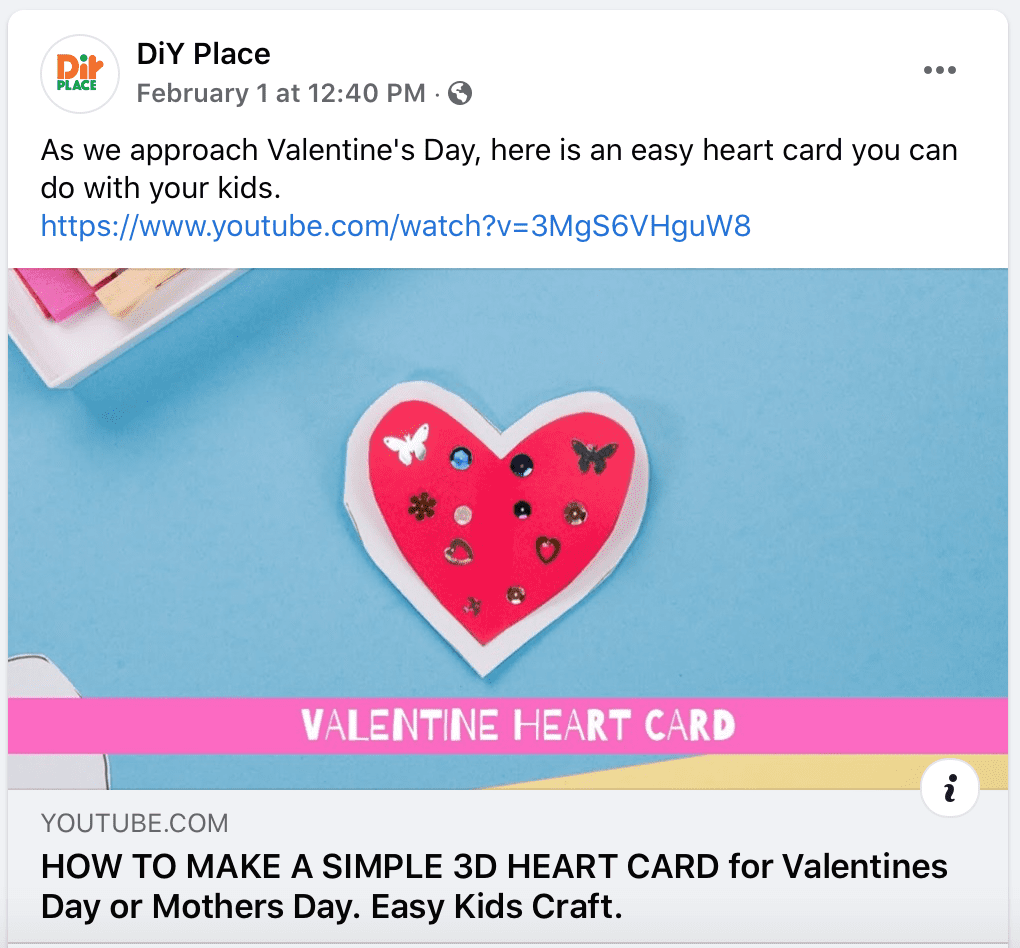
Scenario #2 – Using Content Marketing to Convert
Now imagine you are a personal trainer. You already have an audience of people who know you, and even though they are not all clients, some of them might want to be. However, they lack the motivation to actually book the sessions with you and put forth the effort to achieve their fitness goals.
In this scenario, you want to turn your audience into paying customers. How can you use content marketing to achieve this outcome?
Let’s say your expertise is on rehabilitation. You help people who are injured recover and get their strength back. You will probably want to share some content that touches on specific pain points – no pun intended – and share what can happen if people don’t properly recover from an injury.
You create a challenge for a closed group – for free, perhaps on Telegram – where you share some tips on how to recover from an injury. You could hold online meetings once a week for 21 days, during which you’ll answer questions and tell people how they can overcome their injuries safely. Give them a taste of the benefits of working with someone who can guide them and motivate them. Then, at the end of the 21 days, give them an offer they can’t refuse!
Again, this is an example of how someone who already has an audience can use content marketing to convert them into customers. By identifying their pain points and showing them how you can help improve their lives, you show them how much they need you. You have a chance to show them how amazing your services are – which is also considered content marketing; you’re giving your knowledge away for free to promote your paid services!
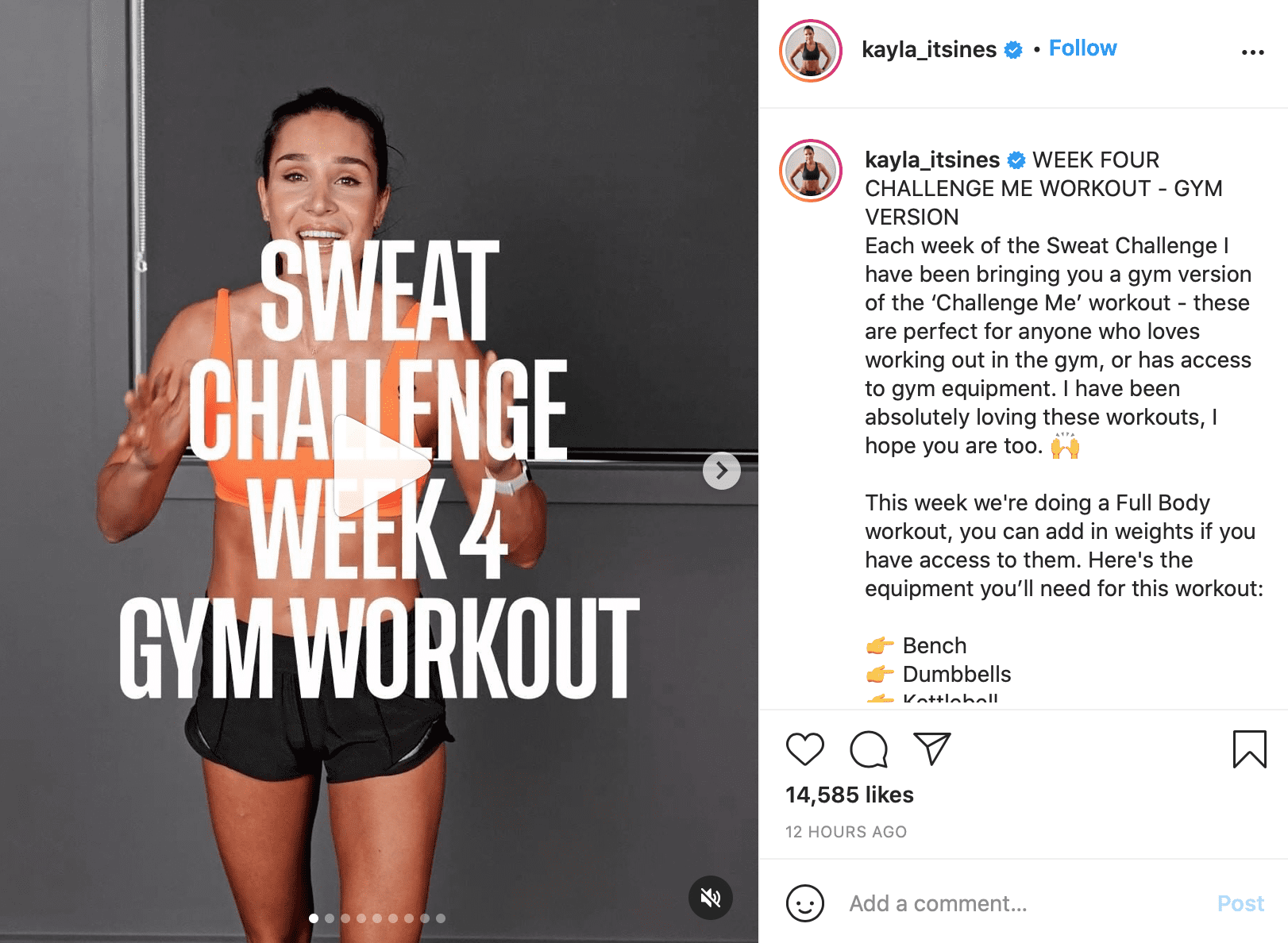
Scenario #3 – Using Content Marketing for Customer Service
Now, in this last scenario, let’s say you are a photographer. You were already hired because you’ve been doing an amazing job using content marketing to attract more people and convert your audience into customers. But there’s still one more thing you can do; you can use content marketing to help your customers and followers… which will ultimately bring even more paying clients your way!
So, imagine you have a couple’s portrait session booked and you know they are first-timers. You know exactly what people need to know and what they are worried about before their first session, so you post some tips about which clothes they should wear in order for the pictures to look better and you share some local places where couples love to have their pictures taken. You even partner with a makeup artist and hairstylist to give tips on how to do makeup and hair for the photoshoot.
All these content marketing ideas are a great way to a) inform your clients and let them know exactly what they need to prepare for their session with you and b) attract new people who are interested in having their pictures taken soon. Even people who weren’t thinking of booking a couples session might see your content and think, “That would be a lot of fun, and this person has so many great ideas! Maybe I’ll book something with them!”
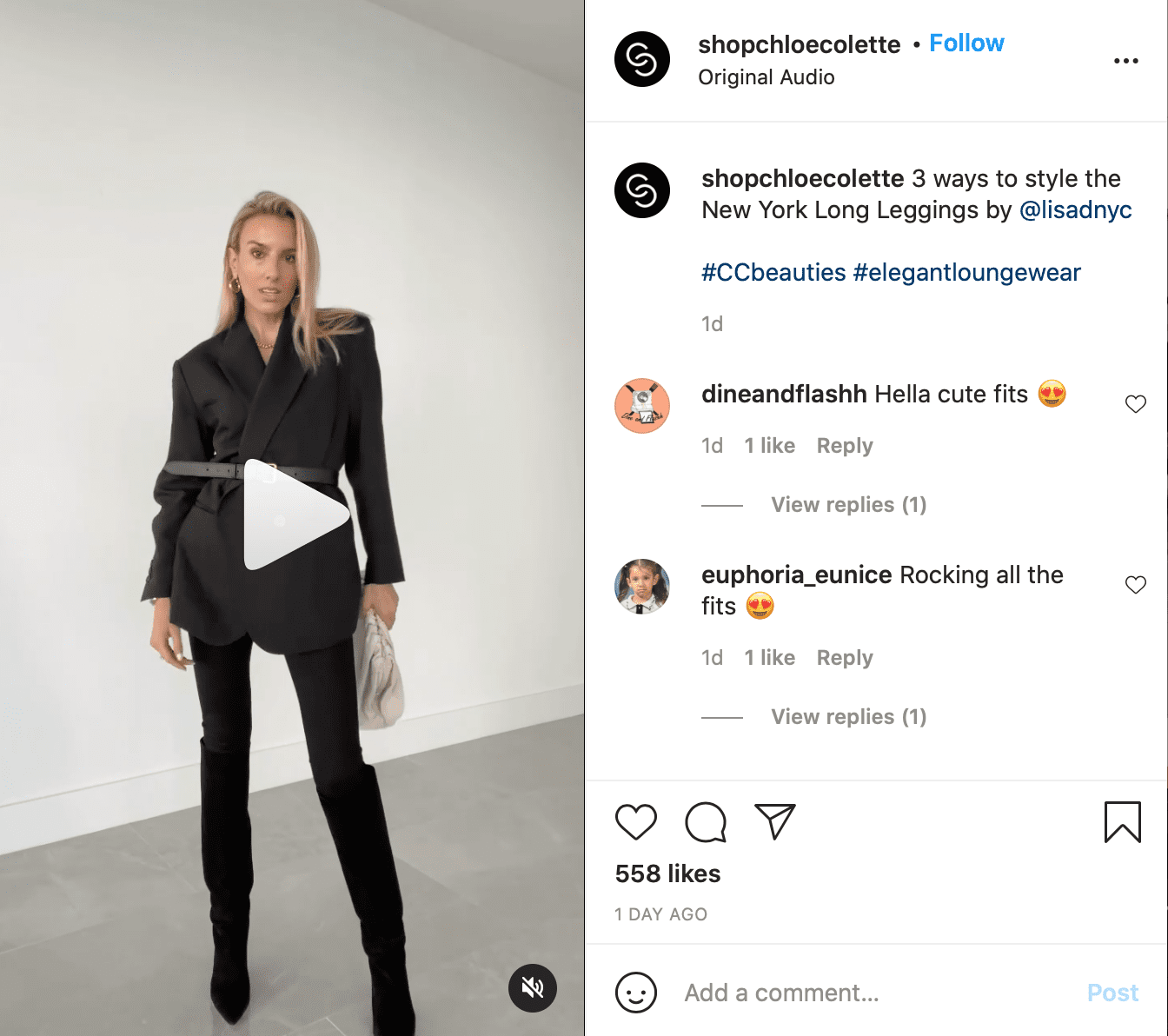
How to Choose What to Post as a Small Business
Ok, now that you understand the theory behind content marketing for small businesses and you’ve seen a few examples, you’re probably wondering how to apply it to your own business. You’re probably wondering what to post, right? Here’s a list of what you should consider as you’re creating your content marketing strategy:
1. Know Your Audience
Know exactly who your audience is and, more importantly, what their biggest problems, struggles, difficulties, and dreams are. If you know this, you’re golden! Start by simply listing your audience’s biggest problems. Really, create a list.
If you don’t know them that well yet, ask them! You can create a CTA at the end of your posts asking them about their problems – related to your business/niche of course – or create a question poll on your Instagram Stories.
2. Brainstorm
Once you know the problems they’re facing, think of ways you can help your audience. Try to narrow the topics down and be as specific as you can. Also, think of different types of content you could create, e.g. content that attracts new people, content that is meant to be shared, content that educates and shows your authority, etc.
Let’s say you’re a hairstylist and you know your clients and audience have problems keeping their hair moisturized and shiny at home. Here are some possible post ideas:
- You can teach them how often to moisturize their hair at home.
- You can give them product recommendation tips.
- You can tell them about some of the mistakes they are making that lead to dry, dull hair.
With each of these, you can break it down even further for each hair type! There are so many opportunities for content with this one pain point. You could easily come up with enough content to cover 1-2 weeks or more! But, don’t let the amount of work overwhelm you. Do what you can and just keep in mind that you don’t have to get everything done at once.
Read more: How to Plan One Month of Social Media Content at Once
3. Create the Posts
Once you have the ideas, it becomes much easier to actually create the content. The secret is to try to create several content pieces from just one topic.
Suppose you work as a real estate agent and you choose to talk about the city you sell houses in, the benefits of living there, etc. The first topic will be to show people why they would love to live in NYC, for instance.
You can create a fun video where you show people around the city while you narrate your insights and the benefits of living there. Or, you can create a post with 5 to 10 images around that same topic, or you could turn it into an Instagram Reels post – which would just be a shorter version of your longer video.
Finally, you could turn the topic into a full blog post where you write about the best spots you’ve listed, and then you could email that blog post out to your subscriber list. See how easy it is to use the same topic to create several pieces of content that all look different and reach different audiences?
4. Be Consistent
Nothing works if you’re not consistent, which is especially true for content marketing. People will only take notice of you if you’re constantly out there, creating valuable content again and again. Now, you don’t need to post content every day, but you do need to show up. Don’t go a whole week without posting anything. People will quickly move on.
Being consistent will show that you are serious about your job and about serving people. This will show that you’re someone who actually gets stuff done and it will subconsciously communicate to people that you’re worth investing their time, energy, and dollars in!
7 Content Marketing Ideas for Your Small Business
To help you out, we decided to list some content marketing ideas that you can create as a small business owner. We’re also going to outline the tangible benefits of each idea!
1. Blog Posts
Blog posts are a little bit harder to create – writing long articles takes time – but they are a great way to reach more people. Why? Because people can find you on Google, which means you’re not at the mercy of Facebook or Instagram’s algorithm.
Articles are a great way to increase your brand awareness, strengthen your authority in your niche, and reach a new audience. If you’re writing good, authentic articles, chances are you’re going to attract the right people – the kinds of people who would love to be your customer!
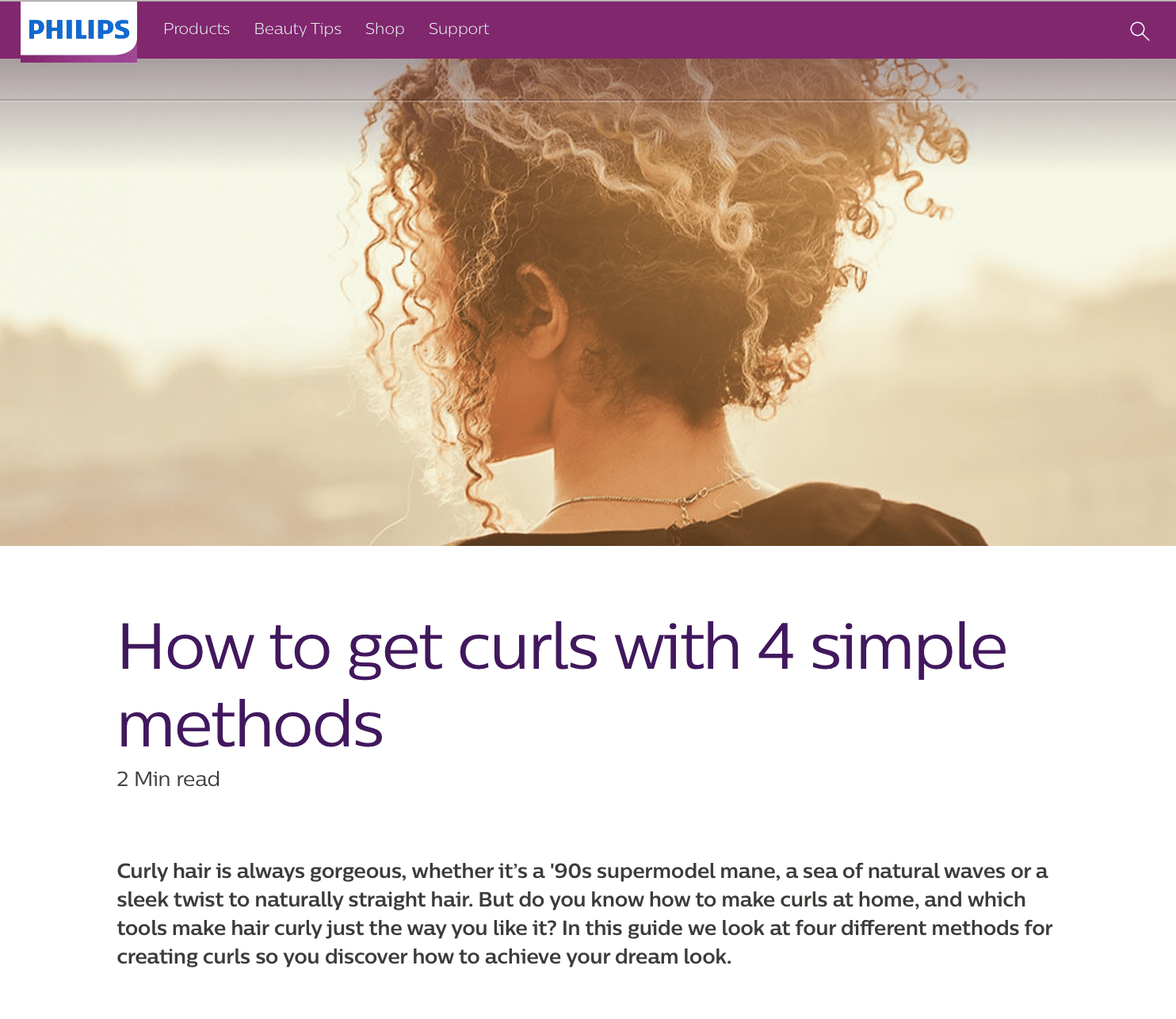
2. Infographics
Infographics are informative images, and they are awesome. People love to save and share these kinds of posts because they are easy to digest and make dull information look fun. If you don’t have any graphic design skills, don’t worry! Canva has some free and customizable templates that you can use to create infographics in just a few minutes. You can add your brand colors and fonts, the data you want to share, and it’s pretty much ready to go!
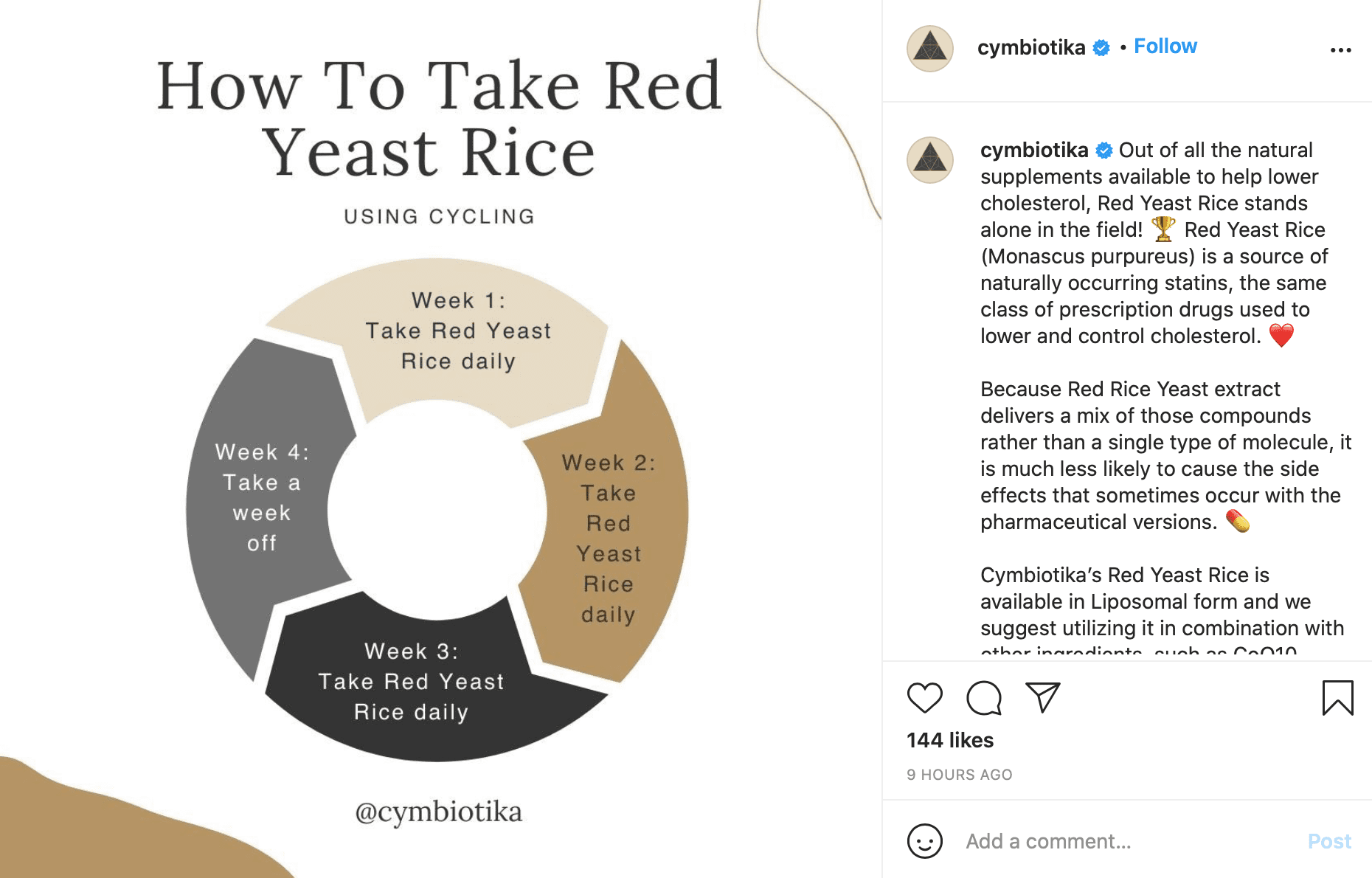
3. Tutorials
Tutorials and step-by-step guides are another great way to create valuable content marketing. People love simple step-by-step instructions and “how to” posts. You can make yours in the form of a video or even in pictures or illustrations. This kind of content works on pretty much any platform. For example, you can create detailed tutorials on your blog, create a video tutorial to share on TikTok or IGTV, or simply share a series of photos as a carousel post on Instagram!
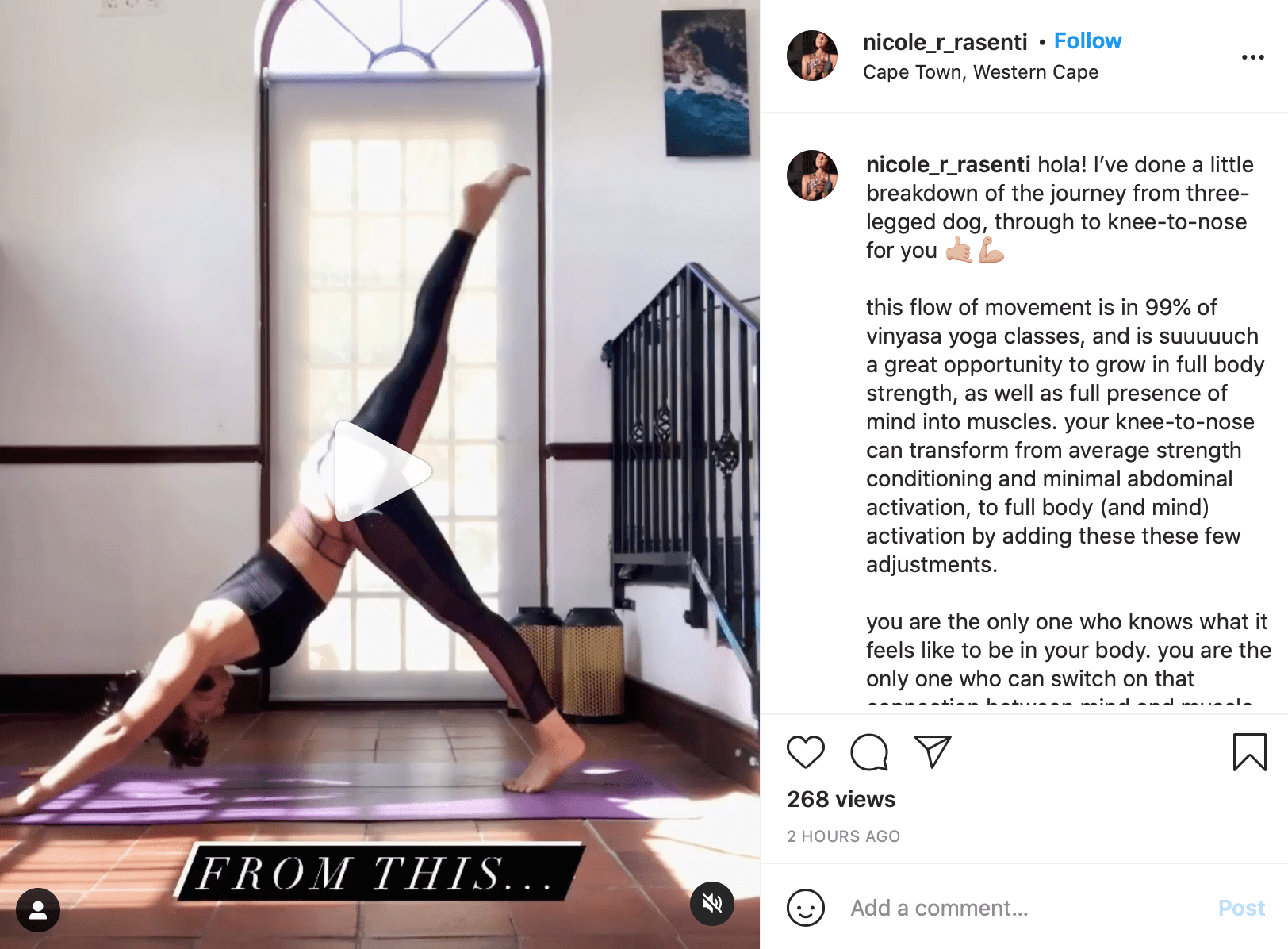
4. Lists
Lists are a great way to get people to read your content because it’s easily skimmable. People are so busy and lists are easy to read and usually get straight to the point. You can create a list on a blog post, in an email, or you can create a fun graphic list for social media, like “the best gifts to give to your girlfriend on Valentine’s Day” or “the best snacks to serve during a football game.”

5. Quizzes
People love to interact with content, test their knowledge, or simply see how they stack up against other people. Creating a quiz is a great way to give people a fun way to learn more about themselves. For example, let’s say you own a car dealership. You could create a quiz where people can “discover” which kind of car they should buy based on what they value. At the end of the quiz, you can even add in some car options within that style and your contact information so they can book a test drive!

6. Podcasts
Podcasts are a great way to reach more people; however, you have to make sure you commit to it. A big part of successful content marketing is consistency; you want to get people used to seeing you out there. So, create useful content on a regular basis and share it on a podcast. You can talk about relevant topics to your audience, bring in guests, and even share success stories from your customers by interviewing them!
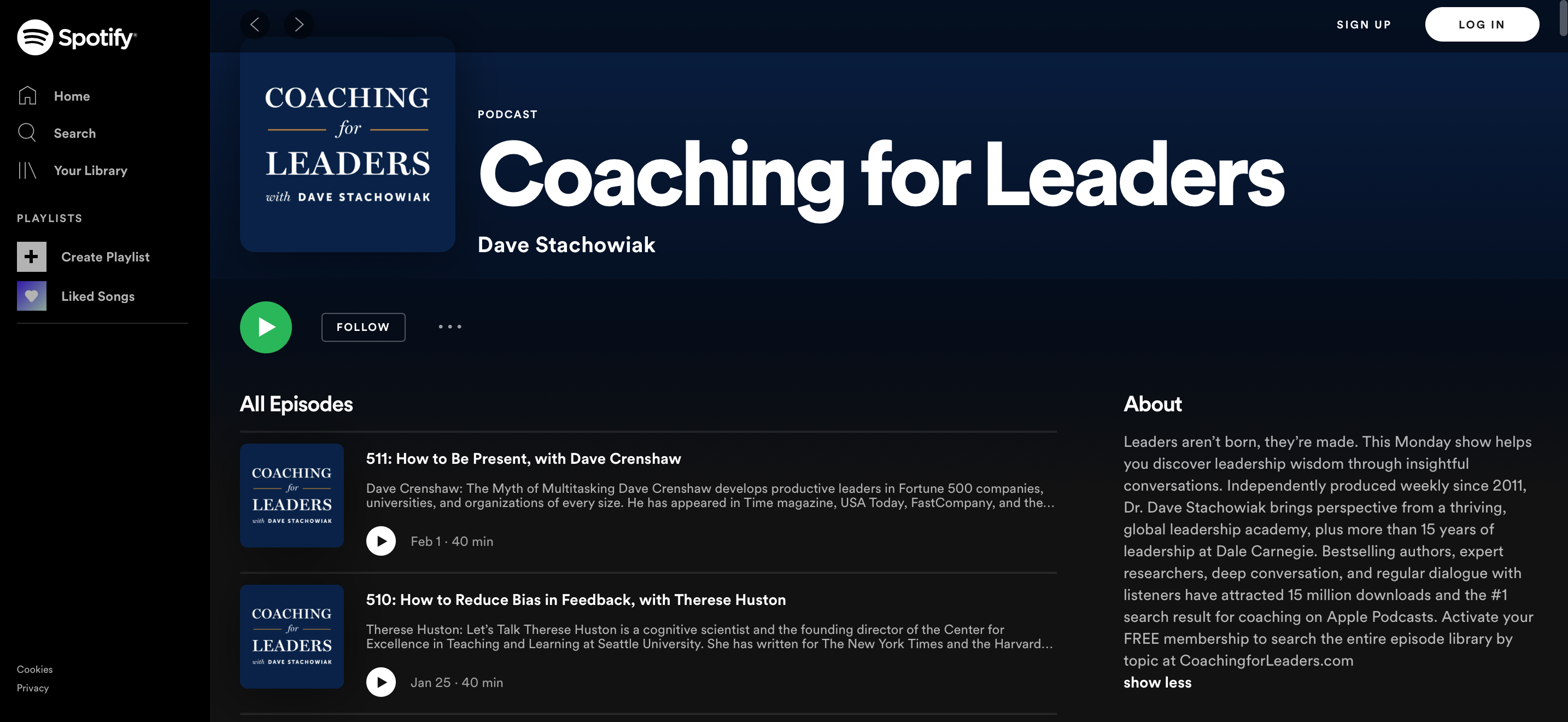
7. Videos
There are so many video options nowadays; you just need to choose what works best for you. You can create long-form videos and post them on YouTube; share shorter videos or clips on IGTV, Facebook, and LinkedIn; upload some Instagram Reels or Stories or even go live! These can all work as content marketing, as long as you choose an interesting topic for your audience.
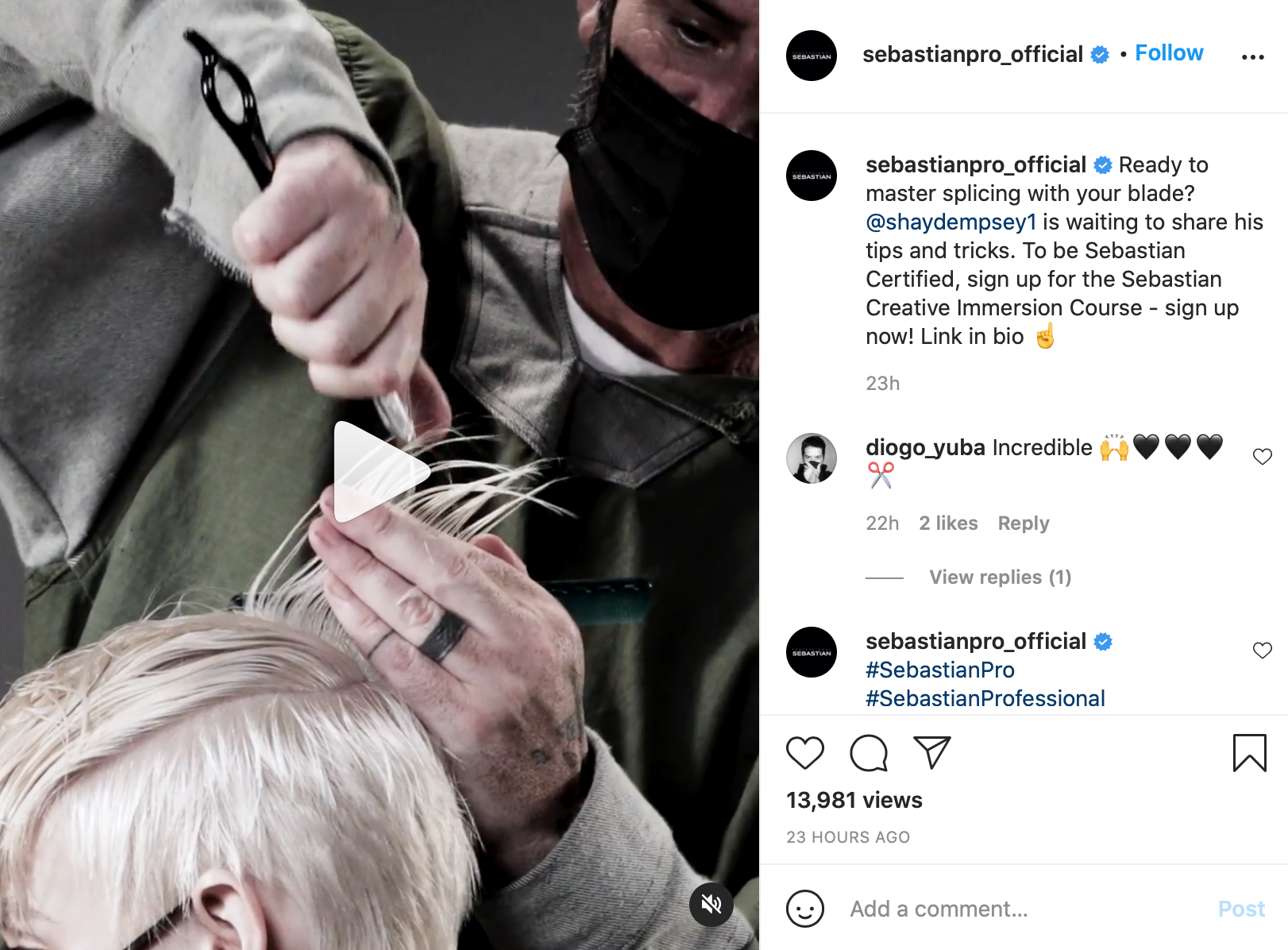
Read more: 13 Live Stream Content Ideas for Small Businesses
So, are you ready to start building your content marketing strategy? We’re so excited for you! So, check out this post on how to create your Social Media Calendar.
We can’t wait to see what you do! Don’t forget to tag us using the hashtag #GrowingTheBiz so we can see and share your work. And don’t forget to follow us on Pinterest for some more inspiration and ideas!
This article was really helpful, thank you!!!